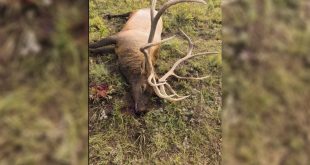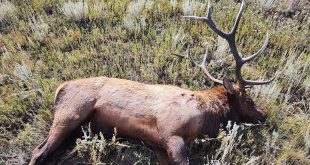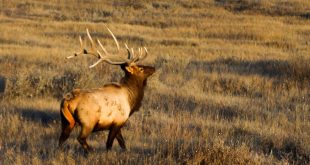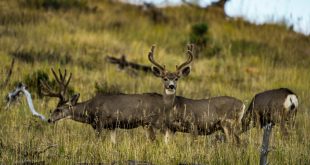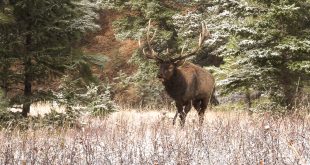
GUEST AUTHOR: Wes Reidhead
The following excerpt is a golden nugget for hunting heavily pressured public land elk by Arizona hunter and Eastmans’ member, Wes Reidhead. This excerpt was taken from Wes’ account of his son’s successful AZ, DIY elk hunt. To view the full story become a TagHub member today!
Proven, High-Pressure, Public Land Elk Tactics
Many of the public land success stories that I hold dear stem from personal experiences on my own hunts or while hunting with friends and family on public land. These hunts were successful, not because we always harvested our quarry, but because I was able to learn so much from the animals themselves. I would like to share some highly effective tactics that have worked for me while hunting public land over the span of 30 plus years.
Many of the states out West have lots of public elk hunting acreage in units that contain lower semi-desert areas, don’t overlook the lower elevations, even though it doesn’t fit your typical high mountain elk habitat. Scout for water to sit and remember that you’re hunting wary, public elk. If you use a tree stand, ensure plenty of back cover is available and if you use a ground blind, spend some extra time to brush it in.
No question calling elk can be very effective at times, but on pressured, public land it can have a negative effect. Experience has taught me to call less and move more. If a bull is bugling on his own, check the wind and move as quickly and quietly as possible toward the bull. Try to project which direction the elk are moving, and do your best to get around them for an interception. Once you realize a herd bull is on the move with his cows it is nearly impossible to catch up to them. If you just hang around trying to decide what to do or continue calling, you might be sorry.
Stalking elk in dry conditions is very difficult, so once you feel you’re closing in on the herd, take off your boots and put on an extra pair of socks or dawn a pair of the many available soft foot covers that go directly over your boots (I prefer the latter, most elk habitat has cactus, even in the higher elevations). I was skeptical of the need for socks or soft boot covers until years ago a friend proved it to me by sneaking through loose rocks above our elk camp one evening wearing his hunting boots, then went the same route wearing the soft covers over his boots… I was quickly convinced.
Finally, pressured elk obviously know it’s hunting season, larger bulls will often stop bugling very early and push their cows towards the thickest cover they can find to bed until late evening. I have found it extremely helpful to camp fairly close to where you believe the elk will be spending the night grazing and rutting. A simple well-placed camp without a campfire will allow you to discreetly sleep on the herd, listening to their movements throughout the night and early morning hours, offering the hunter a serious advantage in striking early.
-Wes Reidhead
 Eastmans' Official Blog | Mule Deer, Antelope, Elk Hunting and Bowhunting Magazine | Eastmans' Hunting Journals
Eastmans' Official Blog | Mule Deer, Antelope, Elk Hunting and Bowhunting Magazine | Eastmans' Hunting Journals
